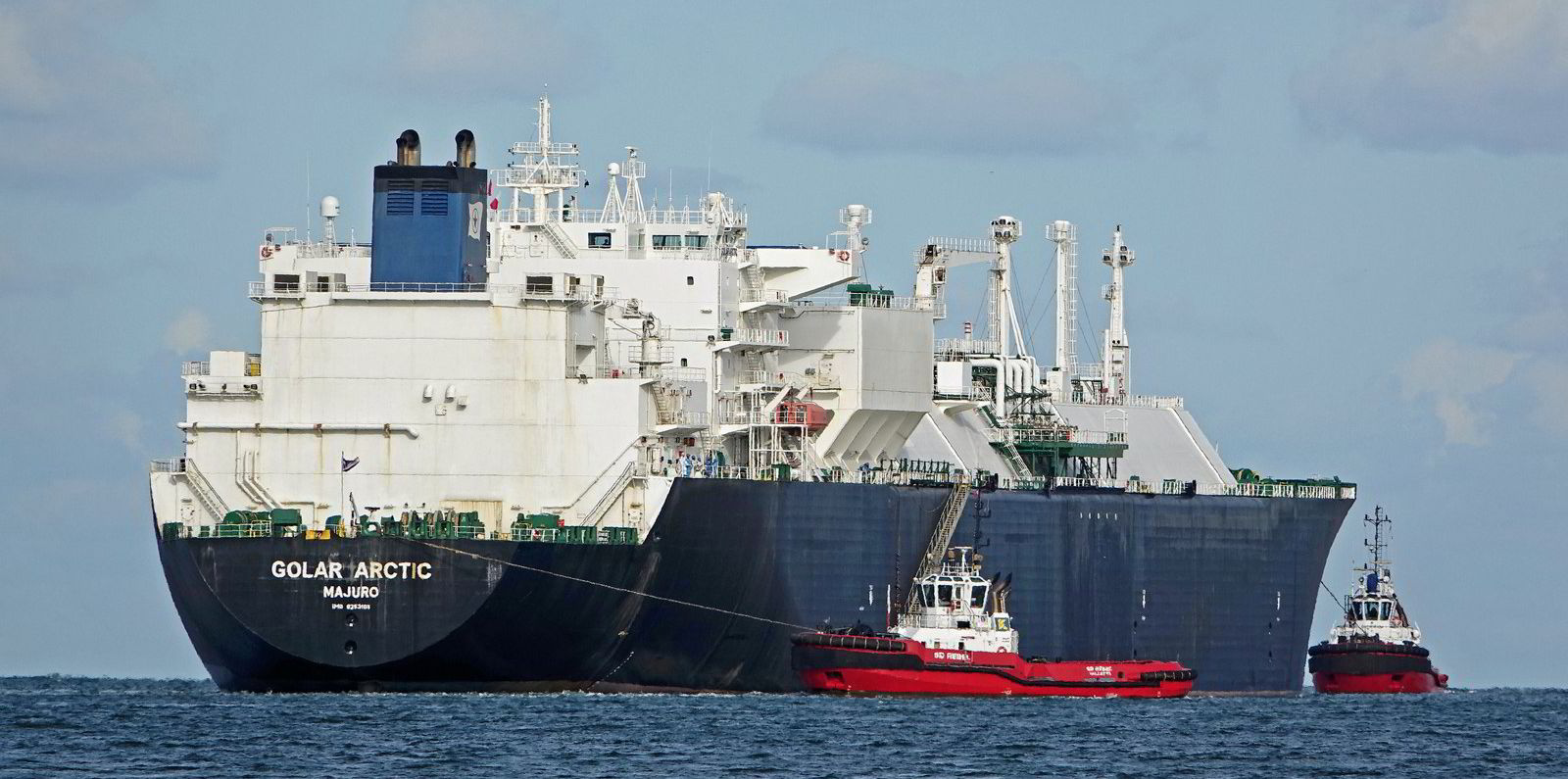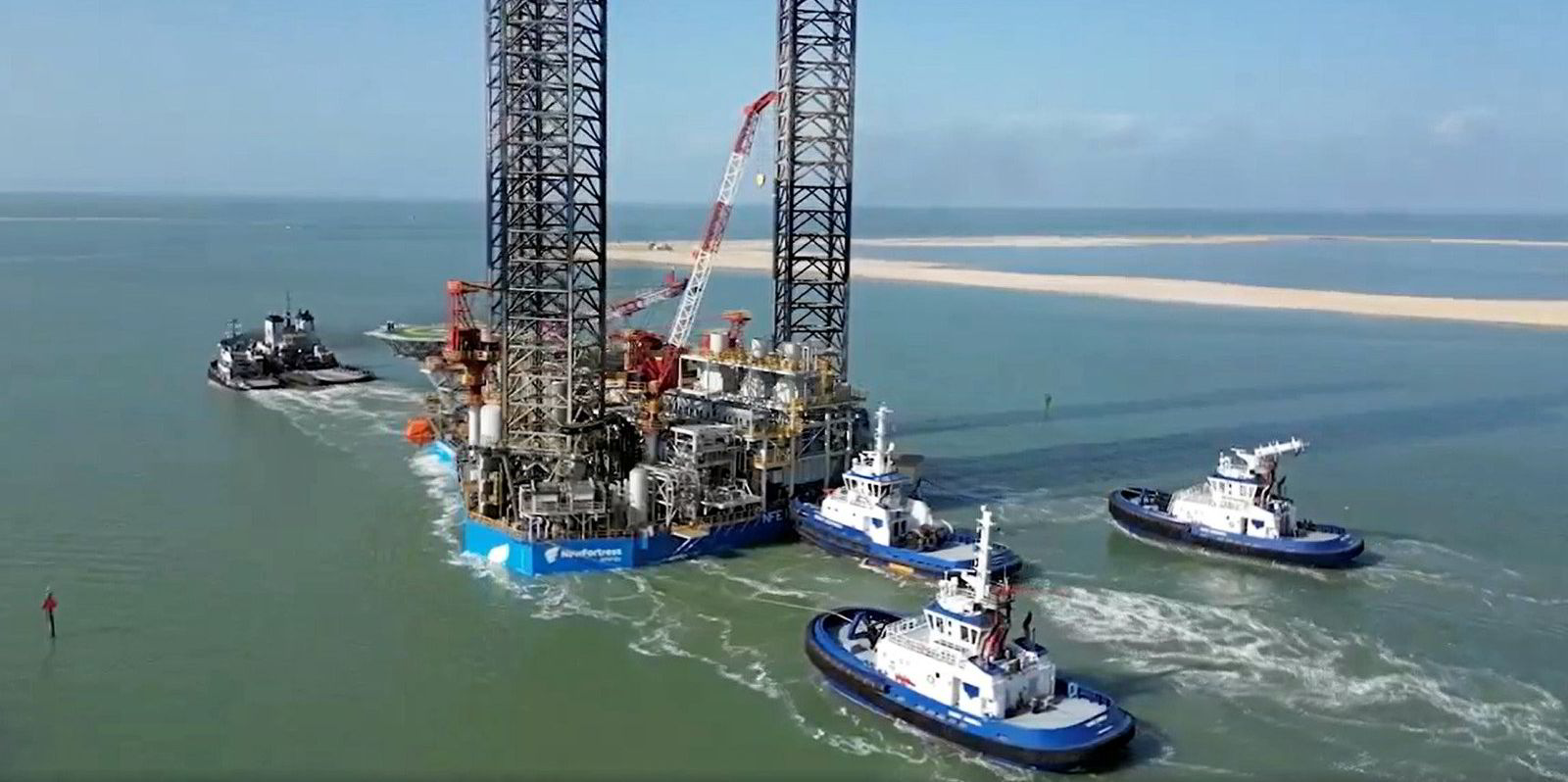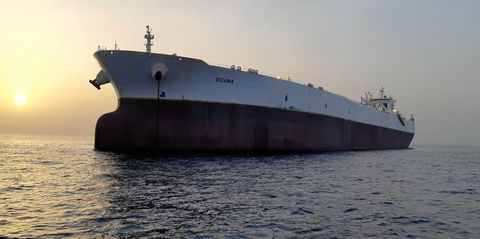Floating LNG-focused Golar LNG has started arbitration with BP over an LNG carrier-to-FLNG unit conversion due to go on charter to the energy major.
In a second-quarter results statement, Golar said its 126,000-cbm LNG carrier Gimi (built 1976), which is being converted into a 2.3-million-tonnes-per-annum FLNG unit for BP’s Greater Tortue Ahmeyim gasfield project off Senegal and Mauritania, is due to leave Keppel Shipyard in Singapore in September.
The company said it has spent $1.3bn on the job to date. It said final checks, storing up and sea trials will take place in Singapore ahead of the unit’s voyage to Mauritania and Senegal, which is expected to start at the end of September or in early October.
Tor Olav Troim-controlled Golar said it has entered arbitration with BP — the unit’s charterer — over “a contract-interpretation dispute relating to parts of the pre-commissioning contractual cash flows remains”.
But it said: “This does not impact the wider execution of the 20-year project.”
Golar had previously described these elements as “disputed” with BP.
The Gimi had been due to depart in the first half of this year. In August 2022, Golar said it was paying Keppel a $50m sweetener to ensure its delivery within the timeframe. In its results, BP said the Tortue project is now due to start up in early 2024.
Speaking about its FLNG business, Golar said it signed a fresh head of terms with Nigeria’s NNPC on 1 August, following an earlier memorandum of understanding inked between the two parties in April.
Under this latest agreement, the two companies have agreed on a framework for the joint development of specific gasfields as FLNG projects.
Golar said these fields could “fully utilise” its existing floater, the FLNG Hilli — which has a total production capacity of 2.4-mtpa but of which only 1.4 mtpa is currently being used — once the current contract on the unit ends in mid-2026.
Alternatively, one of Golar’s 3.5-mtpa Mark II LNG carrier-to-FLNG conversions could be used.
Golar revealed that the cost of converting the 149,172-cbm Moss-type, LNG carrier Fuji LNG (built 2004), which it bought from TMS Cardiff Gas earlier this year for $77.5m, is expected to be around $2bn, which it said would give an LNG production cost of around $570 per tonne.
The company said financing proposals for between $1.2bn and $1.5bn on the conversion, which are not contingent on an employment contract, are being discussed.
Golar said it is also looking at commercial opportunities outside Nigeria for the FLNG Hilli and its conversion.
In its statement, Golar revealed that Italy’s Snam missed its deadline for giving the go-ahead for the conversion of the 140,000-cbm steam turbine LNG carrier Golar Arctic (built 2003) into a floating storage and regasification unit.
In 2022, it emerged that Snam was paying $288m to convert the Golar Arctic into a regas unit for Sardinia.
Conversion projects
Golar said it has charged costs, engineering and professional services for the conversion to project development expenses, with the compensation received from Snam logged under other operating income.
It said: “Golar is considering alternatives for the vessel including other conversion projects, chartering or sale.”
Golar reversed its first-half fortunes, turning in a net loss of $85.7m compared with a net profit of $696.6m in the same period of 2022.
Revenues for the first six months of 2023 inched up 8% to $151.5m from $140.2m a year ago.
Golar turned in a second-quarter net income of $6.9m, down from $286.5m in the same three months of 2022. Revenues for the quarter in 2023 were up 15% at $77.5m from $67.2m a year ago.






